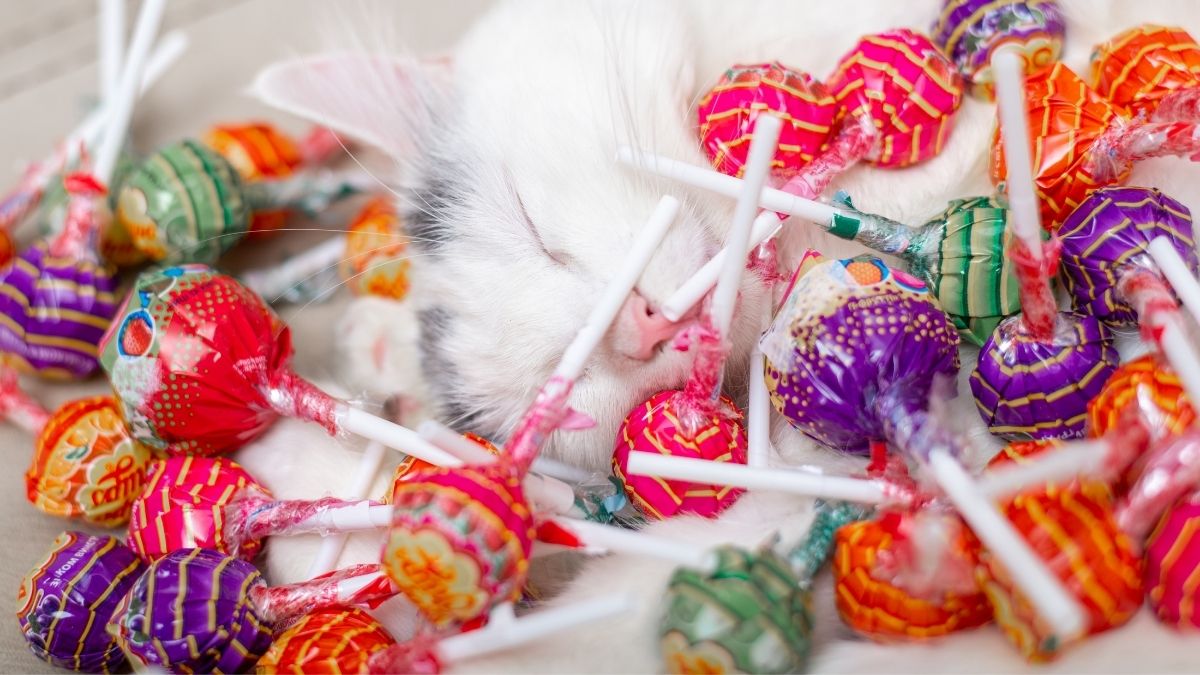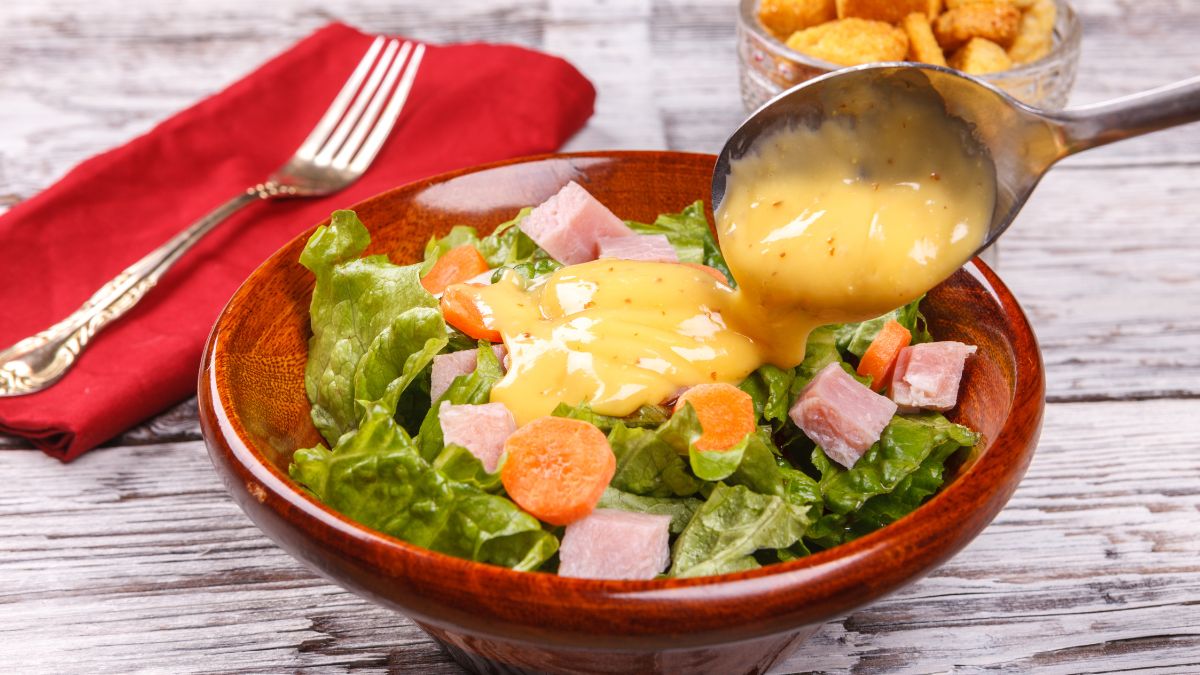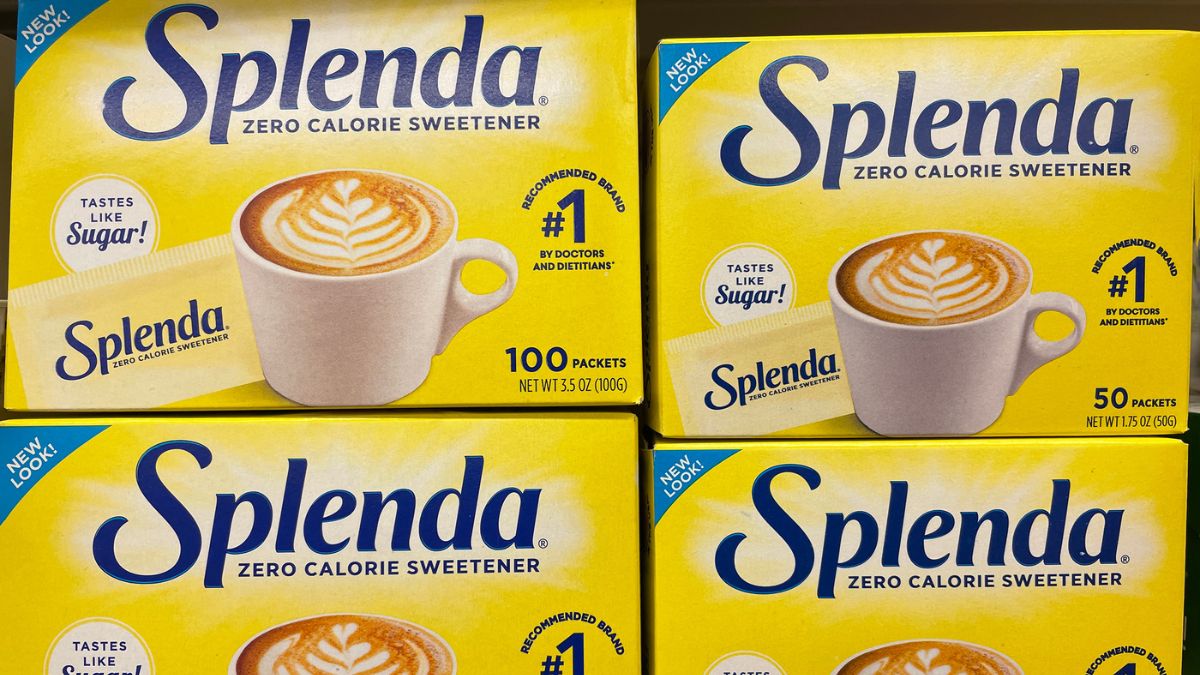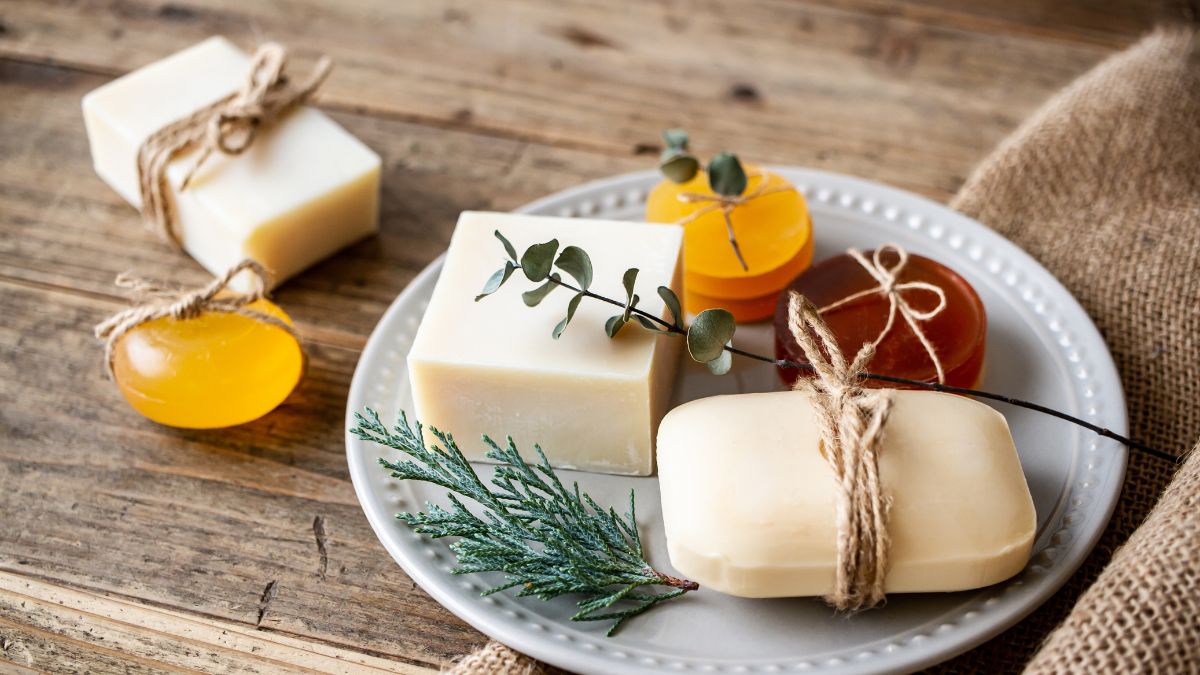Answer: It depends.

Be honest, every time a person says “lollipop,” there’s only one name that comes to your mind! Chupa Chups is the brand that became synonymous with that candy on a stick worldwide and is still an all-time favorite for a lot, lot of people.
Chupa Chups lollipops are mostly vegan since the majority of their flavors come from fruits. There are still a few non-vegan flavors, but it would be very easy to avoid them by looking into their ingredients.
The brand and the product itself began as the creative idea of Enric Bernat in 1958. He wanted to introduce to the world an innovative delicacy you can enjoy, like “eating a sweet with a fork.” Today, the popular lollipops have over a hundred flavors, but for the sake of simplicity, we’ll only be looking into the ones that are common and readily available in the states.
Flavors on the Table
| Flavor | Vegan | Non-Vegan Ingredient/s | Allergen Info |
|---|---|---|---|
| Cola/Mini | Yes | N/A | Gluten, eggs, peanuts, soybeans, dairy, and nuts free |
| Sour Cherry | Yes | N/A | N/A |
| Sour Apple | Yes | N/A | N/A |
| Sour Lemon | Yes | N/A | N/A |
| Sour Strawberry | Yes | N/A | N/A |
| Strawberry/Mini | Yes | N/A | Gluten, eggs, peanuts, soybeans, dairy, and nuts free |
| Orange/Mini | Yes | N/A | Gluten, eggs, peanuts, soybeans, dairy, and nuts free |
| Raspberry | Yes | N/A | Gluten, eggs, peanuts, soybeans, dairy, and nuts free |
| Apple/Mini | Yes | N/A | Gluten, eggs, peanuts, soybeans, dairy, and nuts free |
| Cherry | Unknown | Not indicated to be dairy-free | Gluten, eggs, peanuts, soybeans, and nut-free, vegetarian |
| Cherry Bubblegum | Unknown | Not indicated to be dairy-free | Soybeans-free, vegetarian |
| Strawberry Cream | No | Whey permeate, whole milk powder | N/A |
| Raspberry-Vanilla | No | Whey permeate, whole milk powder | Gluten, eggs, peanuts, soybeans, and nuts free |
Basic Ingredients
Sugars
In standard food descriptions, the total number of present sugars is compiled together even when these sugar components are divided into other categories.
Sucrose
Sucrose naturally comes from organic sources such as sugarcane and beets. We know it as table sugar and it is the one we commonly use every day. It’s the same for Chups and other candy manufacturers, as this type of sugar is easily attainable and standardized. Equal parts of glucose and fructose compose sucrose.
Glucose Syrup
Also known as corn syrup, it has very little to no nutritional value and is merely used as a sweetener, texturizer (by preventing sugars from crystallizing), and thickener in candy. Glucose syrup is also gluten-free as cornstarch.
Fruit Puree From Concentrate
Not to be confused with merely fruit puree, fruit puree concentrate is basically dehydrated fruit in which the puree is completely stripped off of its water, vitamins, and essential minerals and left with only its natural sugar and caloric content. This is basically what gives the fruity flavoring to candy.
Acids
Mellow acids are often used as pH balancers, texture enhancers, and taste managers in candy products.
Lactic Acid
Some vegans are eagerly concerned about the presence of “lactic acid” in most, if not all, of the lollipop flavors from Chups, but there’s no need to worry about this since most of the Chups pops are dairy-free. So, what exactly is lactic acid, and why are some people exaggerating?
First, lactic acid isn’t supposed to be the one that vegans should fret about, but lactose. You see, lactic acid and lactose are entirely separate ingredients with different origins and uses. Lactic acid is a byproduct of the fermentation of sugars from cornstarch or beetroot, while lactose always comes from dairy and should be avoided.
Lactic acid is added to lollipops and other candy because it is used as a preservative, a pH regulator, and a flavor enhancement that counters the intense sweetness of fruit purees. That’s it, but if you want to know the keener details on lactic acid, WebMD can get you covered.
Malic Acid
Also known as apple acid, this is usually a synthesized compound extracted from apples and is used as a flavor additive, specifically giving the sharp sourness to candy. Interestingly, malic acid is derived from the Latin word for apples, hence its name. Malic acid also naturally exists in our body in the Krebs cycle for producing energy.
Citric Acid
Commonly comes from citrus fruits, this is another acidifier in candy that also introduces a tangy flavor similar to lemons and limes. Though manufactured citric acid usually doesn’t have that many benefits to offer, natural citric acids from fruit do, and there’s more on that from Healthline. So, as sour as they may be, make sure to add some sour fruits into your diet as well because they help.
Non-Vegan Ingredients
Here are the ones you must avoid and be familiar with because these are very common ingredients in many manufactured candies today.
Whey Permeate
Whey permeate is a byproduct of whey protein isolates but with the proteins, fats, and other solid minerals removed. It is 85% lactose and a combination of other minerals. Whey permeate is commonly used in pastries and confectionaries as a fat-free sweetener and as a replacement for high-fat dairy products without sacrificing the taste and thickness of the results.
Whole Milk Powder
It’s exactly the same as powdered milk, a dehydrated, powdered form of milk with the fats, protein, and carbs still intact as solid minerals. It is commonly used for added flavor, creamy texture, and a milky taste in candy.
Sugar-Free Chupa Chups
For people who love to enjoy the world-renowned lollipop brand but are keeping keen on their sugar intake, here’s Chupa Chups’ most generous response for them. Essentially, these lollipop variants replace sucrose sugar, glucose syrup, and lactic acid with sugar-free alternatives.
| Cherry Sugar-Free | Vegan | Gluten, eggs, peanuts, soybeans, dairy, and nuts free |
| Strawberry Sugar-Free | Vegan | Gluten, eggs, peanuts, soybeans, dairy, and nuts free |
| Cola Sugar-Free | Vegan | Gluten, eggs, peanuts, soybeans, dairy, and nuts free |
Sweeteners
Common artificial sweeteners are used in place of sugar due to their healthier benefits than the high-calorie carbohydrate sucrose, especially when managing blood sugar and insulin levels. Chupa Chups primarily uses four sugar substitutes, and you may have already encountered some of these before. Though they may seem generally healthier than sugar, we must remember that too much of anything is not always good.
Isomalt
Isomalt is a bulk sweetener that is only derived from beet sugar, making it a one-of-a-kind, 100% sugar-free sweetener. It may only be half as sweet as sucrose, but it also comes in half the amount of calories in equal measure. The isomalt product by Beneo has a plethora of uses and benefits, almost better than natural sucrose, so if you want to create some recipes with mild sweetness and fewer calories, then isomalt may just be what you need. It’s also widely used in making cake decorations, especially clear-color gem candies.
Maltitol Syrup
Maltitol syrup, commonly known as maltitol, is a popular sugar substitute created through the hydrogenation of maltose, a sugar found naturally in some fruits and vegetables. Classified as a sugar alcohol, maltitol is produced by converting maltose, which differentiates it from naturally occurring sugars. Like isomalt, maltitol offers fewer calories and a milder sweetness compared to regular sugar (sucrose). As we move into 2025, maltitol continues to be favored in sugar-free and reduced-sugar products. If you’re exploring vegan-friendly treats, such as Chupa Chups, note that some varieties use maltitol or other sugar alcohols to maintain sweetness without animal-derived ingredients—making them a potential option for those following a vegan lifestyle.
Though it may seem a fair substitute for sugar, maltitol is still a carbohydrate you must be wary of when taking too much. Since maltitol is a sugar alcohol, our bodies don’t absorb them very well, and more so, they also stay longer in the intestinal tract, where they are fermented by good bacteria.
Depending on how much of it is taken and the body’s reaction, maltitol may act similarly to a laxative, causing mild bowel discomfort and excess gases. Although, it does benefit diabetic people by slowing down blood sugar and insulin spikes.
Acesulfame K
Acesulfame potassium is an intense sweetener that brings the first two mild sweeteners closer to sucrose. Compared to the first two, ace-K is a calorie-free sweetener, 200 times more potent than sucrose, and has a controversial background. Amongst the ingredients of sugar-free products, this is one you would want to watch out for for several reasons.
Our bodies do not and cannot digest ace-K nor store it. So, consuming too much of it won’t benefit us, and it is only disposed of through the urinary tract. There is not enough evidence out there proving if ace-K is disruptive to the body either, and the FDA approves that a daily intake of 15 mg per kilogram of body weight is acceptably safe, although further research is still needed for that. The health industry used to suggest that ace-K may cause cancer severity, but unless you’re someone who drinks 1000 cans of soda each day, then you should be safe.
The only thing you need to worry about ace-K is that there are simply not enough shreds of evidence to define it as safe or unsafe, but the only thing sure is that it is completely useless to our bodies, other than being a sugar substitute.
Sucralose
Also known by its brand name, Splenda is the fourth artificial sweetener in Chups lollipops and is 600 times sweeter than table sugar. Like ace-K, Splenda also claims to be a calorie-free sweetener, and sucralose is indigestible. Sucralose has little to no effect on blood sugar and insulin levels, but that may not always be true for those who aren’t used to it.
To be a bit more scientific, sucralose is a disaccharide sugar almost similar to the chemical composition of sucrose, C12H22O11, except it has substituted chlorine atoms for hydrogen and oxygen bonds in its structure, C12H19Cl3O8. It is important to know that since table sugar has more hydrogen-oxygen bonds in it, it has a higher melting point than sucralose, which has fewer hydrogen bonds. So what?
This simply means that sucralose will melt faster under high heat than table sugar, making it not ideal for high-heat baking. Why? When sucralose is melted at high temperatures, it releases potentially harmful substances called chlorophenols. These may disrupt the natural order of our gut bacteria, altering their process of handling carbs and sugars and potentially leading to cancer severity and male infertility.
The bottom line is that it’s best to manage your intake of Splenda or sucralose in the things you buy and eat since it has no absolute uses for the body only as a less-calorie, anti-tooth decay substitute for sugar and that there’s still not enough evidence bases supporting its adverse effects on blood sugar and insulin.
Other Vegan Lollipops
So if you’d care to try out some other vegan lollipop brands, we’ve also got some for you here, and all are readily available on Amazon.
- Yum Earth Organic Lollipops – Non-GMO, allergen-free, gluten-free, vegan
- Juicy Pops Organic Lollipops – Nut-free, gluten-free, fat-free, vegan
- Lovely Organic Lollipops – HFCS-free, gluten-free, vegan, kosher
- Koochiko Organic Lollipops – Sugar-free, gluten-free, vegan
- Zollipops Clean Teeth Pops – With xylitol, vegan, keto
Wrap It Up
At the end of the day, anyone and everyone can enjoy their favorite flavors from the world-renowned lollipop brand, Suck n’ Sucks, just kidding, Chupa Chups. Most lollipops are already vegan, but not all of them are allergen-free and tooth-healthy, either. So, you’re still better off choosing the vegan brands of lollipops as these mostly offer healthier and more enjoyable solutions to your sweet candy cravings.
Most vegan branded pops are gluten- and allergen-free, making them ideal for people with certain sensitivities. Some are low-calorie and sugar-free, too, just like Chupa Chup’s sugar-free lollipops, but remember that doesn’t mean one ingredient does better than the other, it doesn’t mean that it’s already the best as every substitute still has its cons when taken excessively. It’s best to keep a keen eye on the ingredients (especially the sugars) of the food we eat and how much we’re already consuming to ensure the best outcome for our healthy diet and lifestyle.
So, that’s it for today, and I hope you will still enjoy licking on those sticky-sweet pops from Chupa Chups and your other favorite vegan brands.




